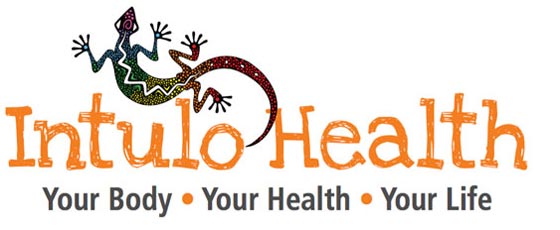The difference between Dry Needling and Acupuncture

The chances are that you’ve already heard about the health benefits of acupuncture, but you may not know that dry needling is an entirely different technique that is useful in its own set of circumstances. Indeed, the two are often confused, and so it’s important that you understand the differences before diving into a treatment. Below, we outline which is right for your body.
What is acupuncture?
As one of the most common and well-known alternative therapies, acupuncture is a medical practice that’s rooted in traditional Chinese medicine. It works on the meridians of the body, depending on where the meridian line is and stimulates sensory nerves under the skin and in the muscles of the body to alleviate pain and help to treat various health conditions, such as chronic pain, joint pain, dental pain, and postoperative pain. It can also be used to treat chronic headaches and migraines and works by producing natural pain-relieving endorphins.
It’s believed that energy or life force (known as Qi) flows through the body in channels called meridians. When Qi doesn’t flow through the body freely, it can cause illnesses. Acupuncture is used around the world, including by the NHS in the United Kingdom to treat some illnesses.
It’s important to note, however, that we use acupuncture needles to trigger points on the body in several of our treatments, but that doesn’t necessarily mean that the treatment is acupuncture.
What is dry needling?
Dry needling, on the other hand, is a form of rehabilitation therapy and uses needles which are inserted into the skin to relieve pain. Unlike acupuncture, however, dry needling uses guidelines and ‘point’ locations to treat ailments, rather than acupuncture, which alters the flow of energy.
Some research suggests that dry needling could potentially improve pain control, help to reduce muscular tension, and normalize the dysfunction of the motor plates, which are the sites where nerve impulses are transferred to the muscles. Whilst dry needling won’t necessarily offer overnight pain relief, it does help to speed up the rehabilitation process and allow patients to get back to what they were doing before an injury. If you have tight muscles, poor blood flow, you want to improve your movement or you want to treat chronic pain, then dry needling is for you.
Whether you’re suffering from a bad back or muscle pain, dry needling could help your recovery as part of the therapy session as well as relieve the tension and stress that your body feels,
You could consider Dry Needling as an option as part of your treatment. Our therapists are likely to use dry needling to release trigger points, helping to relieve pain and improve your range of movement.
Book your therapy today and if you’re thinking about a dry needling therapy treatment, don’t hesitate to get in touch with our team, who will be glad to assist and recommend the best treatment for your needs.
You can click here to get in touch, or Call or Text: 07789 810752


